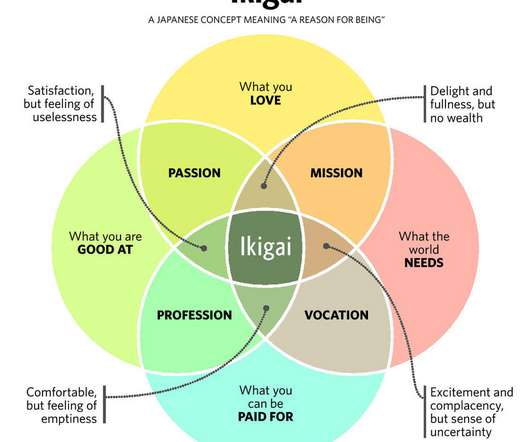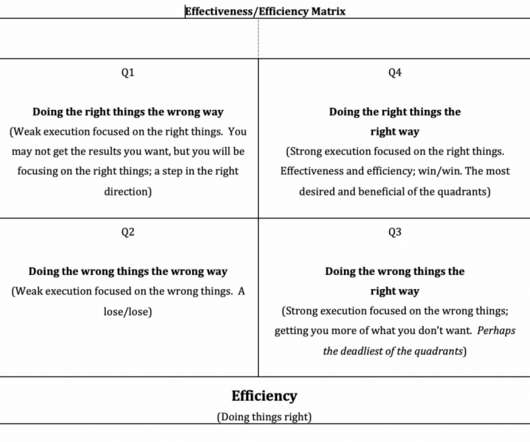The Spirit of Kaizen
CEO Blog
DECEMBER 24, 2012
I read a book - the Spirit of Kaizen - Creating Lasting Excellence One Small Step at a Time by Robert Maurer. The title says what kaizen is - the process of continually creating excellence or continually getting just a bit better. The same is true of Kaizen. For me, most kaizen revolves around those.
































Let's personalize your content